I chose to further explore the Collaborator Module for this assignment. This module stood out to me because learning through connecting with others piqued my interest. I have also heard the term PLN before in classes and online and wanted to dive deeper into the topic. The four main groups that this module is divided into are explore, engage, expand and empower. Each of these topics looks at the importance of connecting with others who are interested in learning similar topics and creating personal learning networks.
Before we dive deep into this Collaborator Module, it is key to understand what a PLN is.
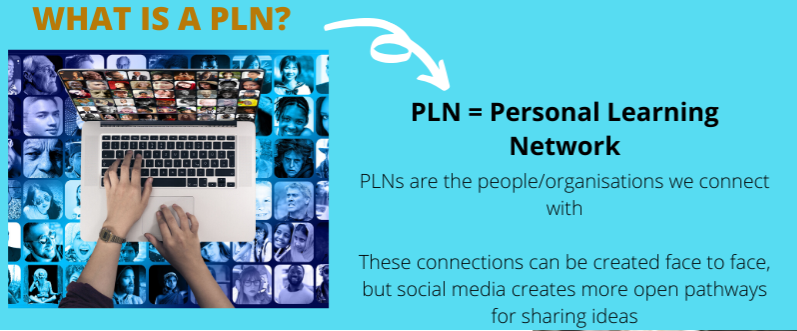
A PLN, also known as a personal learning network is the people and organizations we connect ourselves with. Marc-Andre Lalande helps us to better understand what a PLN is in this module. He mentions that not all personal learning networks are online, but the online aspect is what makes them special. Using social media outlets such as Twitter create spaces for people to engage, explore and learn from one another. What you chose to learn and how you engage in learning can be personalized and created to fit your own personal needs and interests. So, in simple terms, PLNS is created for the goal of learning and bringing people together.
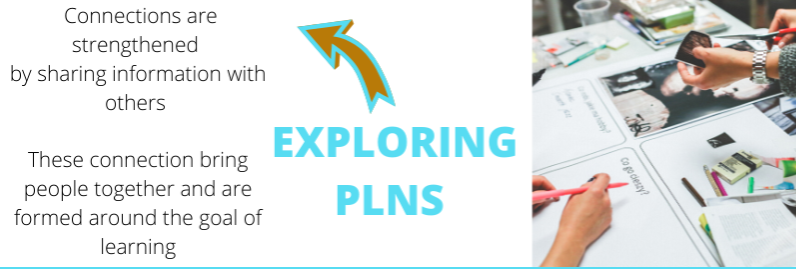
Let us take a better look into what PLNS are all about. Like I mentioned above, PLNS are created around the goal of learning. Connections between the people that want to learn are strengthened by sharing information amongst themselves. Dr. George Veletsianos pointed out that being part of a PLN creates long term effects that will help to improve the skills you are looking to learn. For example, when I was in my first placement this year I used my Twitter and Instagram accounts to follow different educators. Although I may have not engaged to the fullest extent I could have to reap the full benefits of these PLNs, I definitely used these platforms to create networks of learning that helped me to succeed in my first placement. These tools I learned through these communities will also help me in my next placement as well.

When cultivating a PLN it is important to remember the eight steps laid out in this module: explore, expand, follow, tune, feed, engage, inquire, and respond. In order to get everything you can out of a PLN it is important to FULLY engage in it. In my example above I have only explored, expanded, and tuned. If I were to engage with other educators, I would have gotten more out of the learning I did. It is also important to be aware of filter bubbles. It is important to allow people with challenging opinions into your learning groups as this can help us to learn and challenge our own thinking.
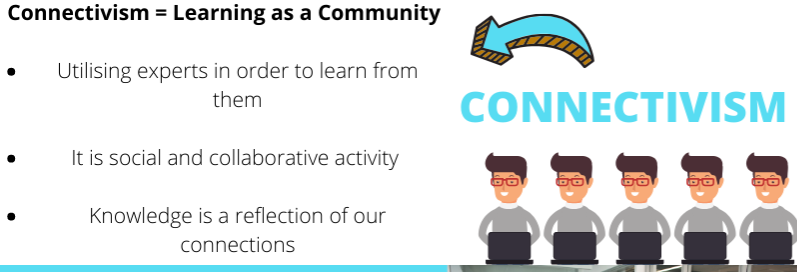
Connectivism means to learn as a community. Dr. George Siemens talks about how knowledge is a reflection of our connections. This is a social and collaborative activity that focuses more on the context of our learning rather than the content. This theory recognizes that we learners learn better as a group/community rather than individually. Connectivism, I believe, is important in a classroom setting. As teachers, we should be open to learning from one another on our staff and in our classroom with the students rather than taking on everything by ourselves.
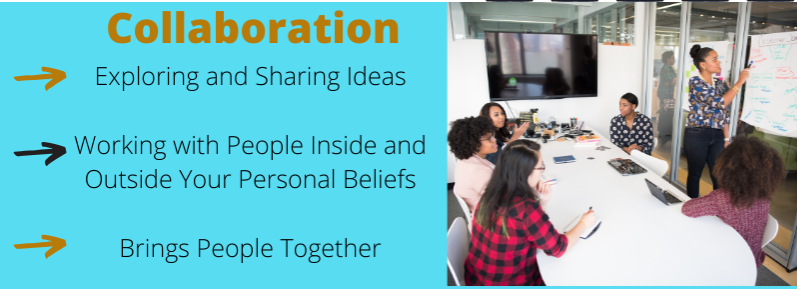
Collaboration looks at exploring and sharing ideas with one another. Communities of practice are a great example of what effective collaboration can look like. They are groups of people who can share passions, concerns, goals with others who share similar interests and they can all work towards learning how to further improve. There are three characteristics that make communities of practice effective. Having others to bounce ideas off of or gain new information is a great and important way to learn. All in all, collaborations bring people together and help individuals to grow as learners.
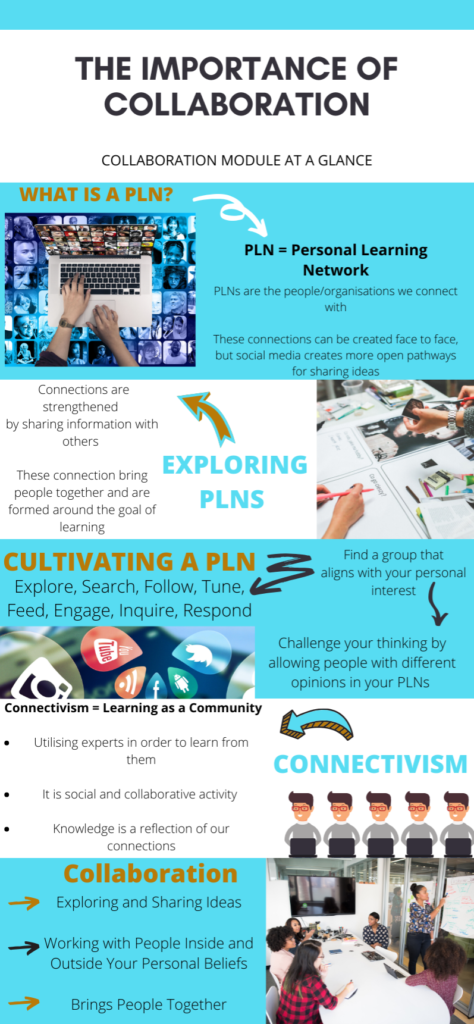
This module was helpful in exploring the importance of learning through collaboration. Even when creating this infographic and working on this assignment I collaborated by reading others post in from the previous assignment and reaching out to others who did and infographic for their first assignment in order to know how to execute it properly. I am glad I chose the Collaborator Module since I was able to dive deep into topics such as PLNs which I have heard before, but never fully grasped.
Thanks for reading!
Citations:
